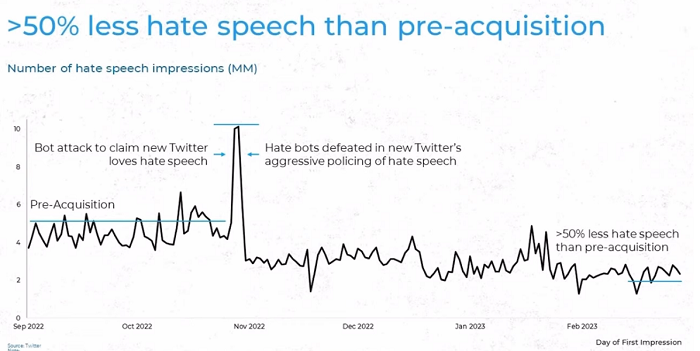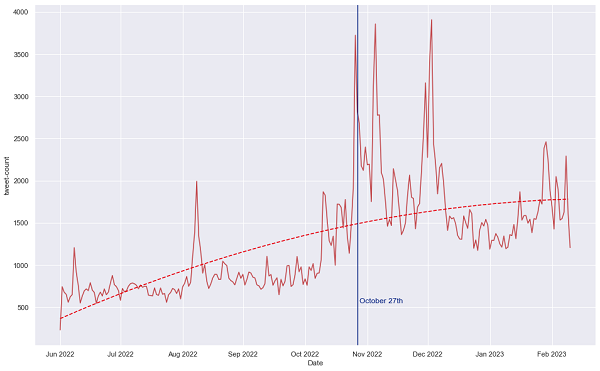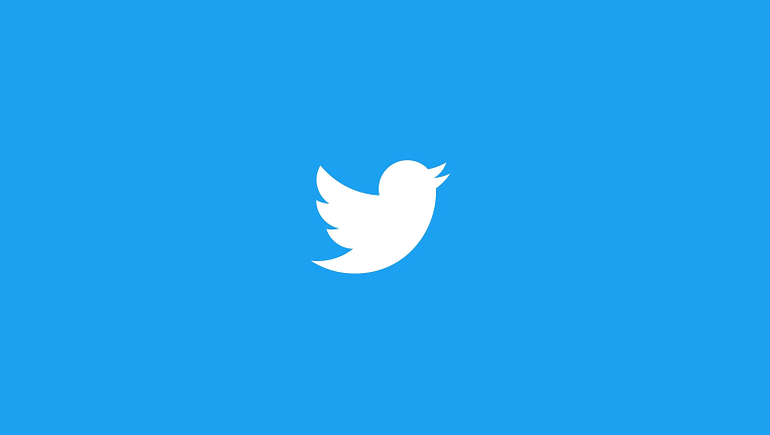One of the more concerning aspects of Twitter 2.0, under the leadership of new owner Elon Musk, is that the platform is slowly becoming more aligned with his own ideology, and his personal thinking on various fronts.
This week, for example, we’ve seen Elon promoting the expansion of government-funded media labels to various accounts, which is being unevenly applied, mostly to outlets that Musk himself dislikes. Elon has also spoken of how happy he was to remove the blue checkmark from the account of The New York Times, a publication that he regularly criticizes, while he’s also changed policies based on his own personal experiences, despite them, potentially, having far wider-reaching impacts.
And in some ways, that’s fine – the man spent $44 billion on Twitter, he can do whatever he likes. But there are also some other aspects of modern society that Elon has refused to align with, for whatever personal reason, which could have major negative impacts for Twitter users.
Case in point – today, the Gay and Lesbian Alliance Against Defamation (GLAAD) has highlighted that Twitter recently removed a transgender-specific protection from its Hateful Conduct Policy.
As per GLAAD:
“Prior to the [recent] rule change, Twitter’s Hateful Content Policy stated: We prohibit targeting others with repeated slurs, tropes or other content that intends to dehumanize, degrade or reinforce negative or harmful stereotypes about a protected category. This includes targeted misgendering or deadnaming of transgender individuals.’ The final sentence, specific to transgender users, has since been removed.”
GLAAD says that, according to its research, the sentence referring to targeted misgendering and deadnaming was present on April 7th, but was stricken from the policy on April 8th, the day that Twitter announced an update to its Abuse and Harassment Policy.
And sadly, that removal is not overly surprising.
Elon has tweeted at various times about his opposition to the use of pronouns, along with other transphobic perspectives.
Musk, who himself is father to a trans child, sees this as an expansion of what he calls ‘the woke mind virus’, which is part of what drove his decision to purchase Twitter in the first, as a means to ensure that progressive views don’t drown out traditionalism, and what he sees as the way things should be.
And Musk’s ideologies don’t end there – Elon’s also developing his own generative AI system, which he’s now calling ‘TruthGPT’, due to concerns that ChatGPT, and other generative AI tools, are censoring conservative viewpoints.
Last month, reports emerged that Musk was looking to recruit AI developers to build his own, ‘anti-woke’ AI model, amid rising concerns about speech and topical restrictions in ChatGPT. Musk effectively confirmed this in an interview with Fox News this week.
Musk has also repeatedly shared his conspiratorial views on the origins of COVID-19, and his opposition to the handling of the crisis, which has also seen Twitter change its rules around COVID misinformation.
Essentially, Musk’s personal stances are increasingly becoming Twitter’s approach, which has seen the app shifting more into line with conservative talking points, and allowing certain elements of discussion to go unchecked, despite potential harm that could be caused by such.
Which some will see as a good thing. Musk himself has labeled past Twitter as being a ‘glorified activist organization’, in regards to how it policed speech, and maybe, with some of these blocks out of the way, the platform is now moving to a more open, free discussion, as per Musk’s mission.
But for others, reducing safeguards around these elements does pose a serious and unacceptable risk, which could also make Twitter more of a home for conspiracies, misinformation, and hate speech.
Though Twitter itself says that hate speech is down since Elon took over, while it’s also tackling CSAM content, and cracking down on elements that it claims have been ignored by Twitter management in the past.

External reporting, however, suggests the opposite – that hate speech is actually up, while Musk’s actions to combat CSAM have seemingly had little effect.
It’s difficult to know what’s actually happening. On hate speech, for example, external analysis does show that instances of hate speech rose, then decreased after Musk took over, in line with Twitter’s own reporting on this front (Twitter says that bot armies ramped up hate speech following the acquisition to boost negative narratives around Musk).
But even so, instances of hateful terms are still more common than they were in times past.

Twitter says that this is due to the way this is being measured, via keyword counting, without context. Some words that could be considered hate speech, Twitter says, are often used in a non-hateful way, and without factoring in that nuance, binary mention counts are an inaccurate reflection on this front.
Which makes sense, but that doesn’t account for the overall rise in mentions. Terms that can be considered slurs are being shared more often in the app, which does seem to correlate with increased abuse.
Essentially, Twitter 2.0 is gradually sliding more and more into line with what Elon thinks is acceptable, regardless of how the general public, or advertisers, might view the same.
Which is now the key question – will advertisers agree with Musk’s perspectives, and will that then factor into their decision when running Twitter ad campaigns, or not.
Elon himself seems less concerned about what advertisers think, but they remain the biggest revenue source for the company.
Will this impede Musk’s broader vision for the app – and is that vision healthy for users?



